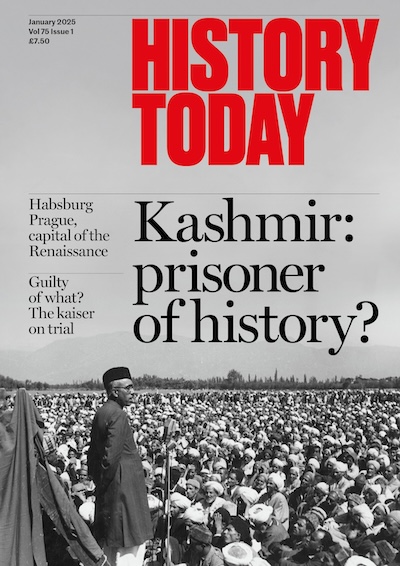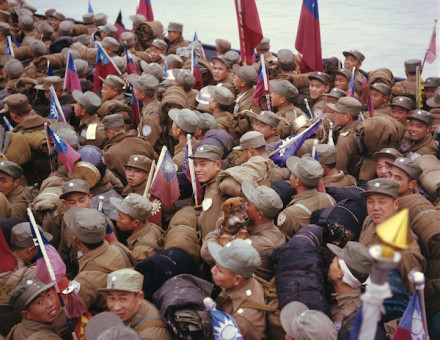‘The House Divided’ by Barnaby Rogerson review
In The House Divided: Sunni, Shia and the Making of the Middle East Barnaby Rogerson seeks geopolitical answers for ideological conflicts.

In the span of a few decades the Muslims transformed from a tribal confederation of Bedouins to masters of a vast, cosmopolitan empire stretching from the Hindu Kush to the Iberian peninsula. It is an extraordinarily complicated period, both in terms of the events themselves and their historiography. Almost every primary source dates from approximately 200 years after Muhammad’s death, by which time the umma had undergone a fundamental change. These sources can be assumed to be influenced by the agendas of their time. Their reliability is a point of intense debate among scholars.
Put simply, early Islamic history is dauntingly complex. To tell it in a lucid narrative the historian needs to find a way of sidestepping these issues. One such way is to simply take the traditional accounts at face value, as Barnaby Rogerson does in The House Divided. As an academic historian of the Islamic world, I found in Rogerson’s book a quality which my colleagues and I often overlook: readability. This is not only an accessible account of Islam’s schism, but a compelling introduction to the history of the Middle East. It is one, however, in which theological differences between Shi’ism and Sunnism are either mentioned in passing or not mentioned at all, ideology takes a backseat to politics, and essentialisations allow the author to avoid tangential discussions. The upshot is a book of which, not infrequently, I found myself reading an extra chapter when I had intended to read only one.
The author of a previous biography of Muhammad, Rogerson shows the strength of his knowledge in early chapters where he outlines the life of Muhammad and his successors, the caliphs. My personal assessment, and that of most scholars, is that the broad strokes of the traditional narrative are probably true, but that little confidence can be put into specific details.
It is in the latter part of the book, when we come to the early modern and modern periods, that Rogerson’s argument reveals itself. He contends that the conflicts in the Middle East have their roots not in the Shia-Sunni split, but in the ‘ancient rivalry between Turk, Arab, and Iranian’, corresponding to the three influential nation-states in the region: Turkey, Saudi Arabia and Iran. The implication is that the Shia-Sunni split obscures deeper ethnic divides. This misunderstanding, more than anything else, is the book’s greatest flaw. Turk, Arab and Iranian – understood as ethnic categories – are entirely modern creations formed during the encounter with Western notions of ethno-linguistic categorisation. Iranians of the medieval period proudly identified Arab Iraq as the heartland of Iran. Many of the greatest works of Iranian literature are in Arabic (Sadruddin Shirazi’s Asfar al-Araba’a, for example). Ali Khamenei, Iran’s Supreme Leader, is of Turkic lineage, and he regularly holds poetry banquets attended by Iran’s Turkic-speaking poets. It is precisely this cultural ambiguity which enables Iran to form political ties with peoples beyond its borders, ensuring an impressive sphere of influence across the Middle East. Perhaps one of the main motivations for the general reader to pick up Rogerson’s book, particularly given recent events, would be to understand how and why Iran wields influence across the region in such a way that it can even challenge the might of the United States and its allies. On this, Rogerson provides only a partial answer.
Despite this, The House Divided is an entertaining account of the Middle East, revealing how the region’s major nations draw on, or eschew, the Shia-Sunni paradigm in their struggle for power. It will not be recommended reading on any university courses, but as popular history it is to be lauded.
-
The House Divided: Sunni, Shia and the Making of the Middle East
Barnaby Rogerson
Profile, 432pp, £25
Buy from bookshop.org (affiliate link)
Mohammad Amir Hakimi Parsa is Associate Lecturer in Middle Eastern and Islamic History, c.600-1700 at the University of St Andrews.






